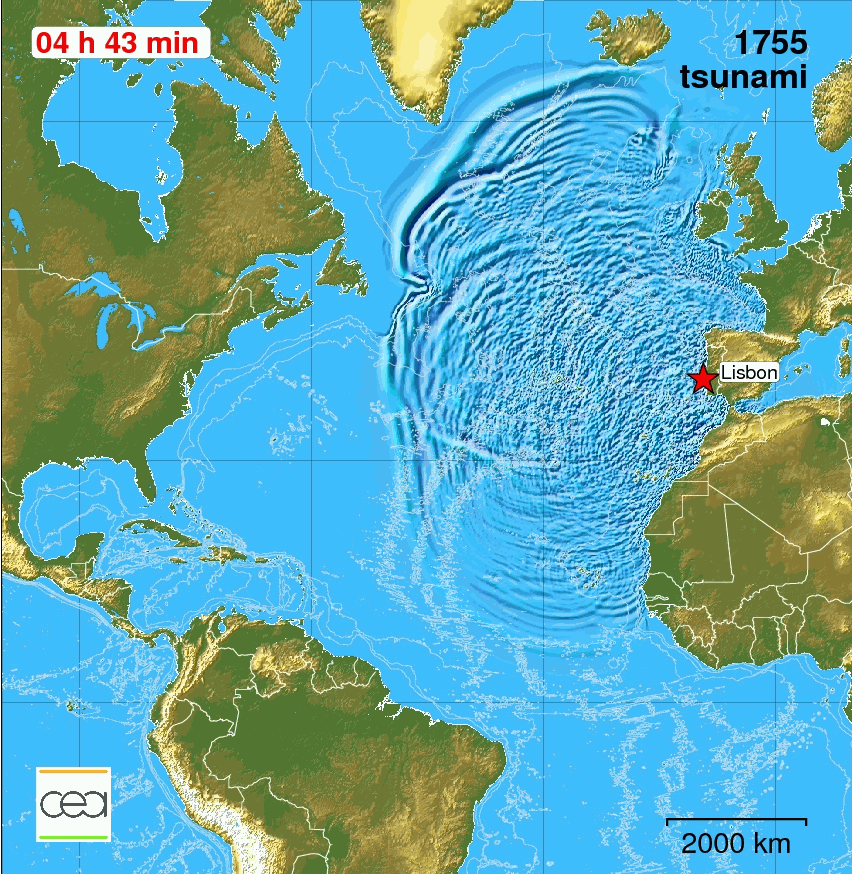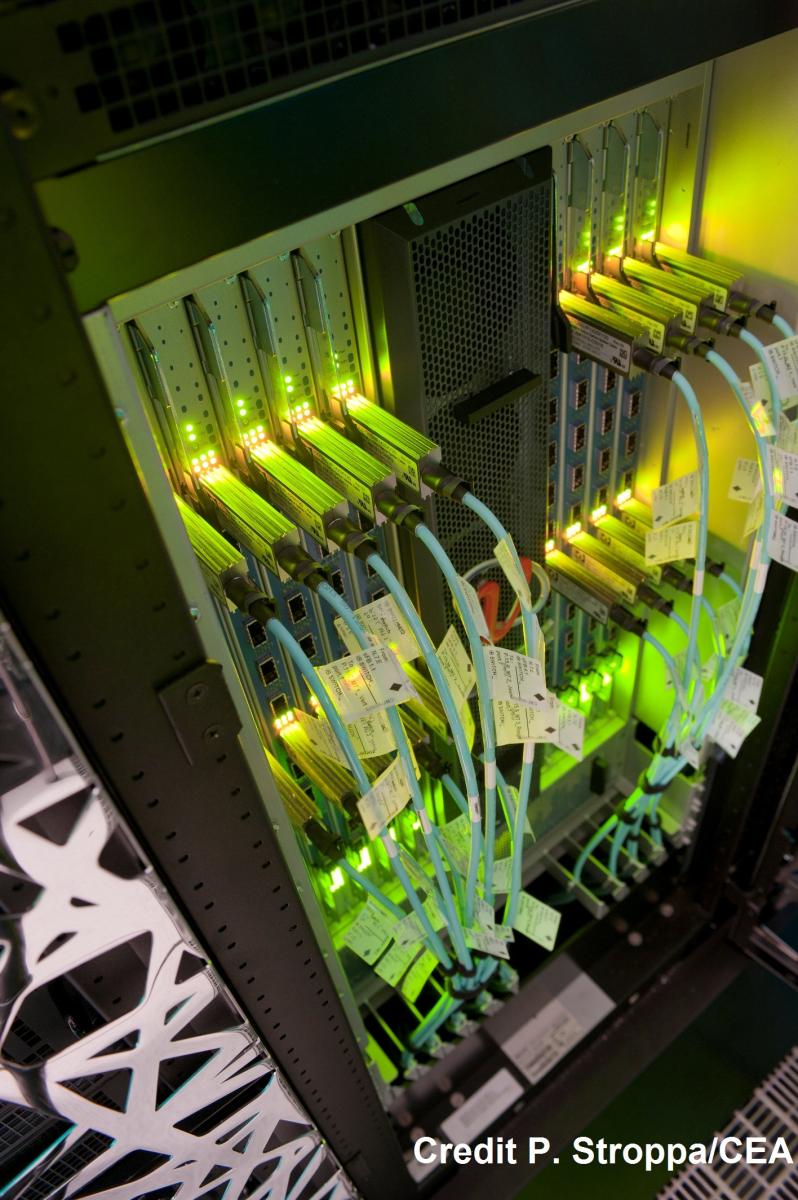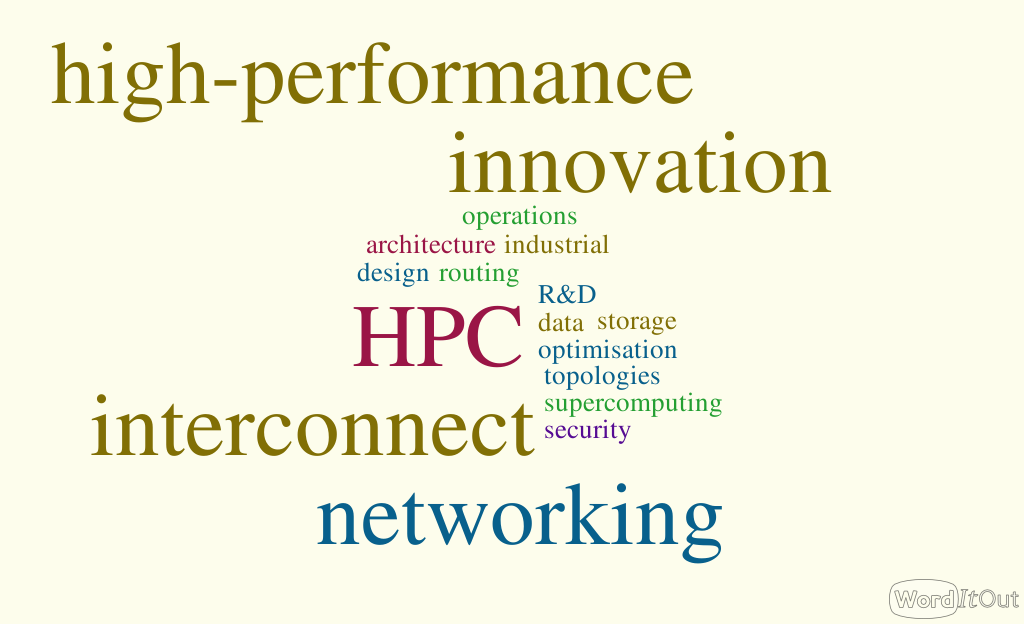Elodie Ardoin joined the seismic research division of CEA, the French Alternative Energies and Atomic Energy Commission, in 2002. In 2009, she moved to the HPC division to work on high-performance networks, participating in storage network design and operations for the CRRT and TGCC supercomputing infrastructures.
Elodie, tell us a bit about yourself.
I graduated as an Electronic and Signal Processing Engineer from the ENSEEIHT engineering school in 2001, and joined CEA, the French Alternative Energies and Atomic Energy Commission, in 2002. I worked in the seismic research division as an electronic and signal processing engineer for 7 years before moving over to the HPC division.
How did your career path lead you to where you are now? How did you move into HPC?
My career at CEA began with a 2-year period abroad in a Bolivian seismic laboratory, under a partnership convention, where I performed on-site troubleshooting on the seismic and infrasonic monitoring networks of the CTBTO, the Comprehensive Test-Ban Treaty Organization. On my return to France, I continued to work on transmission, networking and real-time data acquisition systems. I then worked with the R&D team on new systems validation and international on-site deployments for 5 more years.
I got the opportunity to specialise in computer networking in the HPC division at CEA in 2009, working on the design of network architectures for projects of all kinds (security, routing and data centres).
In 2013, I had a break during which I took postgraduate courses in marketing at the ESAN business school in Peru, returning to CEA in 2014.

Seismic research: computer simulation of tsunami
So what does your job involve? How does HPC relate to what you do?
I work in the division in charge of large systems architecture design and operation. I participate in R&D activities led by our industrial partner on new interconnect technologies for supercomputing clusters. This includes investigating interconnect topologies, studying the impact of routing and placement, and identifying traffic patterns to optimise communications and to get the best overall performance. I am also in charge of the operational follow-up and design of the Très Grand Centre de Calcul (TGCC) high performance networks.
The ever-growing size of HPC clusters makes interconnect a crucial subsystem in terms of costs and performance. Resource optimisation, security, and message-passing rate performance are key aspects that need to be addressed. My operational activities allow me to be aware of the needs and limitations of the current technologies and help me to develop my expertise.


The complex world of interconnect topology
What are the exciting aspects of working in an HPC-related career?
Innovation: HPC and simulation play a significant role in innovation for society (eg research in genetics, geophysics, health and energy, related big data processing, etc). The same is true of systems architecture. It is innovation at a high pace, and a great place to learn.
Are there any challenging aspects?
Without an extensive background in computing science, getting good technical expertise on quite specific high performance networks is challenging for me, but so enriching: understanding the ins and outs, and getting the global view in order to understand technical trade-offs and put them in place. Connecting and understanding all actors with different backgrounds and needs (eg computer architects, storage architects, users) is not always easy – but that’s another area where networking makes sense too!
Where do you see your career leading you next?
More of the same…I still have so much to learn!

Elodie with members of the Women in HPC network (www.womeninhpc.org)

